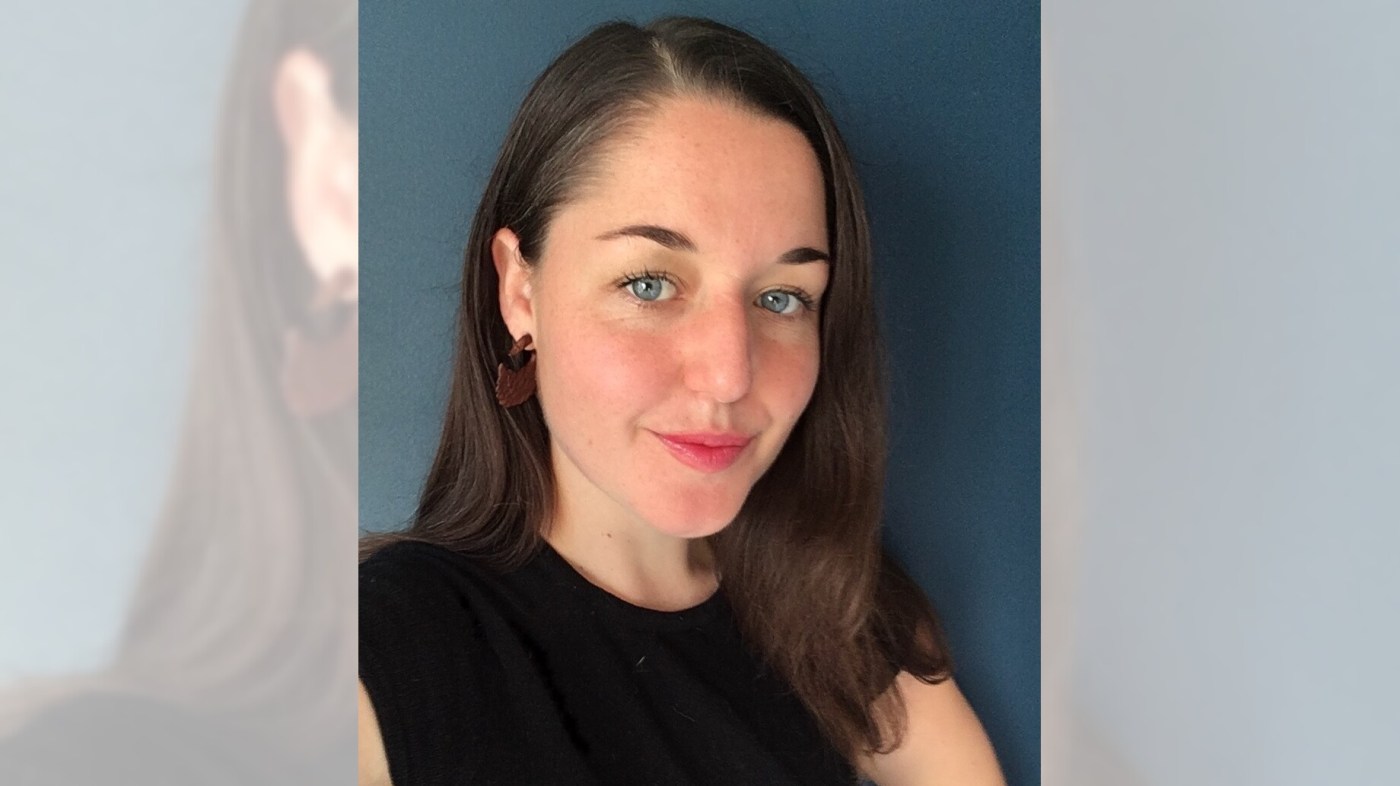For Alex D. Ketchum, Orange County is a place of contradictions. It’s where she was raised, attending St. Margaret’s in San Juan Capistrano for elementary and middle school before heading to high school at Polytechnic in Pasadena. It’s where she came of age as a bisexual person, but not yet fully out. And it’s a place where queer people have a rich history, though overlooked in favor of the metropolises to the north and south.
It’s this history that, in part, inspired Ketchum’s new book, “Queers at the Table: An Illustrated Guide for Queer Food (with Recipes),” which she edited alongside Megan J. Elias. Their book delves into what makes food and restaurants “queer” and how such fare can build community and act as a form of resistance. The book features an array of essays, comics and recipes from 38 contributors.
Ketchum, an associate professor at Montreal’s McGill University’s Institute for Gender Studies, Sexuality and Feminist Studies, defines queer food as who’s making it and how it helps build community.
“The main things that I like to look for with queer food is who’s making the food,” she said in an interview. “That’s an important component of it, who is making the food and how is the food being used to create and foster community.”
One of the most poignant examples is the importance of food during the HIV/AIDS epidemic.
“One of the symptoms of HIV/AIDS is wasting syndrome” when involuntary weight loss and muscle wasting combined with fatigued affected AIDS sufferers, particularly gay men, explained Ketchum. “The importance of creating nutrient-rich recipes, or brownies that had marijuana in them to try to encourage people to eat more when it was really difficult to eat.” She noted that this was just one way food and queerness have overlapped in history. (Other food writers have honed in on this very topic, like James Beard Award-winning writer John Birdsall, whose definitions of queer food include, in part, the life and recipes of Mr. Beard himself.)

“Queers at the Table” features writers, creatives and food makers, like Taylor Hartson and Tristian Lee, who write about a queer farming community; Danielle Kydd, who contributed a piece about food security issues faced by LGBTQ folk, and Blue Delliquanti’s comic on urban foraging in Minneapolis and the role a queer friend group in a local ecosystem and Birdsall, who kicks off the book with an essay on “The California Cook Book,” a 1946 cookbook by Genevieve Callahan and Louvica Richardson who, according to Birdsall, “were essentially married.”
Giving the book a delightful ‘zine-era feel, it’s filled with recipes like Homemade Chico’s Five Rolled Tacos, Sweeet Potato Cake, Cilantro and Cashew Pesto Pizza, Earl Grey Lavender Menace Layer Cake, Bisteck with Tallarin Verde and more.
She also points to a history of feminist restaurants, cafes and coffee houses that were primarily run by lesbians and queer women — like the shuttered Herland in Santa Cruz — a topic she previously covered in detail in her 2022 book “Ingredients for Revolution: A History of American Feminist Restaurants, Cafes, and Coffeehouses.”
Ketchum’s book also challenges the increasingly dated notion that queerness is limited to urban areas. The book explores “the way that I think some communities might have assumptions that queerness is like a place for urbanites,” she said. “But actually, there’s a vast network of queer farmers as well.” Her book also features a piece on queer farming and urban foraging, showing that queer food can come from the earth, not just a restaurant.
“Queers at the Table” features writers, creatives and food makers, including Taylor Hartson and Tristian Lee, who write about a queer farming community; Danielle Kydd who contributed a piece about food security issues faced by LGBTQ folk,; Blue Delliquanti’s comic on urban foraging in Minneapolis and the role a queer friend group in a local ecosystem; and Birdsall, who kicks off the book with an essay about “The California Cook Book,” a 1946 cookbook by Genevieve Callahan and Louvica Richardson who, according to Birdsall, “were essentially married.”
And giving the book a delightful ‘zine-era feel is its roster of recipes, like Homemade Chico’s Five Rolled Tacos, Sweeet Potato Cake, Cilantro and Cashew Pesto Pizza, Earl Grey Lavendar Menace Layer Cake, Bisteck with Tallarin Verde and more.
“Queers at the Table” is as communal as its contents, born out of the Queer Food Conference in 2024, which Ketchum and Elias organized. The hybrid conference helped her identify contributors and themes for the tome. And the book features work from queer cartoonists, many of whom are based in Southern California thanks to a partnership with Prism Comics.
Ketchum says she hopes the book inspires a sense of curiosity for its readers. She wants people to feel encouraged to “explore different dynamics of queer food” and to feel “welcomed in.” The goal of “Queers at the Table” is to not only be a collection of recipes and essays, but a starting point for the ways food and the queer community connect.
